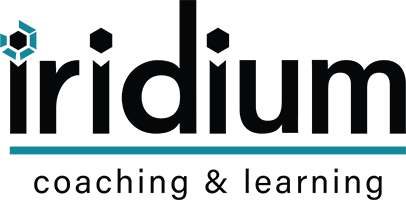On Patterns
In our sixth session of the NLP Foundation Course last evening, we looked at the value of observing one’s own patterns.
Whether it is our behavior, what we speak, the way we think, the way we look at the world or conduct ourselves in different situations or in the company of certain people, patterns are everywhere!
Patterns are like tightly packed processes that kick in automatically and subconsciously for us. Habit formation is spoken of a lot in current times, and that is good in creating new patterns so we can achieve new results.
But can you imagine yourself wearing an old comfortable jacket, and wanting to try out a new jacket on top of the older one? Would it have the same effect? One of my coaches used to say, “if we put beautiful creamy, tasty and light-as-air” icing on top of a cow dung cake, it might look nice, but there is still cow dung underneath.
Unless we don’t notice the strong grip that our old patterns have on us, we can never truly embrace new patterns and benefit from them. That’s why resolutions fail, or goals that sounded exciting earlier lose their sheen later on. That’s why drive and motivation wavers.
When we look at medicines, there is an expiry date, and we know the medicines will lose their effectiveness or might even become harmful, if consumed after expiry. The expiry date is a good alerting mechanism – in the case of our patterns, there is no such thing.
If our patterns came with a renewal reminder like the one, we get for paying our insurance premiums, that would work, but it isn’t so! And hence, we continue with old patterns that served us well in a previous context, but by the time we realize these patterns don’t work for us, we have already gone well past their expiry. This is where these expired patterns become dysfunctional or harmful too.
The key question is how we gain a grip or measure over our patterns. The answer to that in NLP is the skill of calibration. Observation is key in this. Observing our own sensory responses provide an access to noticing patterns. Patterns are bereft of layer, they are “as is” in sensory mode. They are often bundled along with beliefs. Beliefs are what we tell ourselves, so that we continue the pattern.
Amongst all participants who have learnt NLP from me, two teenagers were the quickest in picking up their old patterns. Much older participants struggle to spot obvious patterns because we don’t want to acknowledge that something is not working for us. So the younger participants are far more flexible in allowing themselves to look for new patterns. Remember how much we adapted going from school to college to undergraduate or post-graduate years, and then eventually when we started working.
Coming back to patterns, from the current group of participants, we uncovered patterns such as:
- Wanting to check if I am correct in what I understand
- Wanting to seek safety and comfort, even in distress
- Seeking balance in every situation
- Pausing to check if things are going right
The dysfunctionality of these came out as the following beliefs (and continuing the order):
- What if I have not understood this
- What if I move from here and I don’t like it there
- It cannot be so simple. If there is no effort required to do it, I must have gotten it wrong
- Being spontaneous got me into trouble! So, I must be planned and organized
Until we don’t recognize the impact of continuing our old patterns, the stark contrast between them and what new patterns could do, does not become evident.
What if the old pattern is a strength in some situations? Well, creating a new pattern doesn’t mean we abandon something that works in specific contexts. In fact, we are empowering ourselves with more choices, so we are better equipped to face different situations.
Think of it as your favorite jacket! Until you take that jacket off, you can try on new ones, and experience how they feel and the comfort they provide. Buying a new jacket doesn’t mean that we cannot ever wear the earlier one. You now have choice!!
NLP can be described in many ways: it is an attitude, it is a methodology, it is a discipline in crafting excellence – all of these is true. But at its heart, NLP is about re-patterning our neurology!
If re-patterning sounds like your thing, drop in some comments or send me a message!

